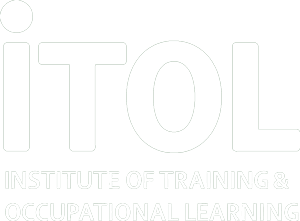iTOL Questions is a series of mini-blog posts that aim to answer common L&D related questions and provide help and support for L&D professionals.
The Issue:
Think back to a few months ago and you will remember that we did a whole post on how to measure return on investment in mentoring, you can see that here. What we did was gather formulas and facts that measure the success of a mentoring program, and the formulas that we discussed there are generally transferable to any training and development activity.
In this post however, we will be discussing the way in which we manage that return on investment properly. This is because when it comes to the running of a business, directors and investors will generally only listen when there are pound signs involved. Money talks in the business world and you have to convince these people that in investing in you and your training they are going to generate a profit.
The Solution:
The first point to consider is the company’s mission, what they plan to achieve and what are their objectives. This forms a vital part of measuring ROI in terms of training and development. Essentially the idea is to express the importance of training in achieving these goals. Perhaps one of the business objectives require employees to be highly skilled in technical areas, and your training sessions will ensure that they are able to work to their full potential, helping to achieve this objective.
You must make direct connections between the L&D efforts and the revenue as much as possible. Company bosses don’t like money to be wasted so every penny must be accountable. Explain how your use of budget within the first quarter bridged the skills gap allowing staff to complete more essential tasks in less time, increasing productivity as a direct link to company success and profits.
Gather and use insights and data to support your claims, find out directly from staff and managers how they have found your training initiatives and any subsequent goals that have been achieved, a this provides leverage in explaining the value of your training.
Begin managing ROI before you have begun your training initiatives, don’t simply run sessions and hope that they will generate some sort of profit. If you attempt to calculate the benefits of your future sessions it will be much easier to justify your return on investment. Make use of accounts and figures to ensure that you have accurate figures to support your assumptions, as merely guessing ROI could end badly.
The final tip on managing ROI is to test, test and test again. You will be accountable for the success of your training initiatives, so once you have established your projected ROI using the accounts, run tests to see how they match up. Run mini sessions and interact with managers to see how successful they have been in generating a return on investment, if these are proportionate to your estimations then you are on the right track.
But remember, this involves getting friendly with management as we outlined here.



